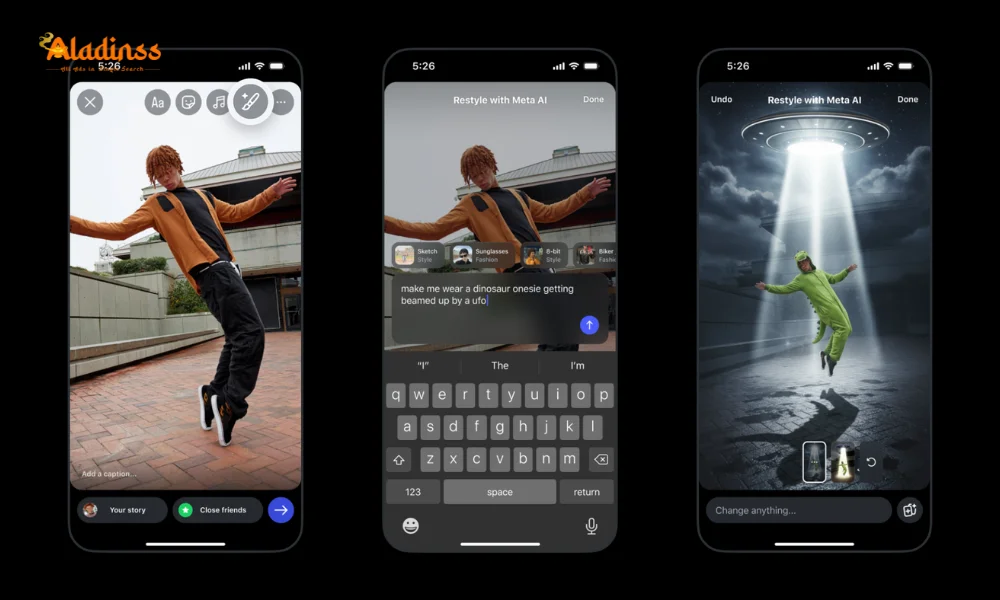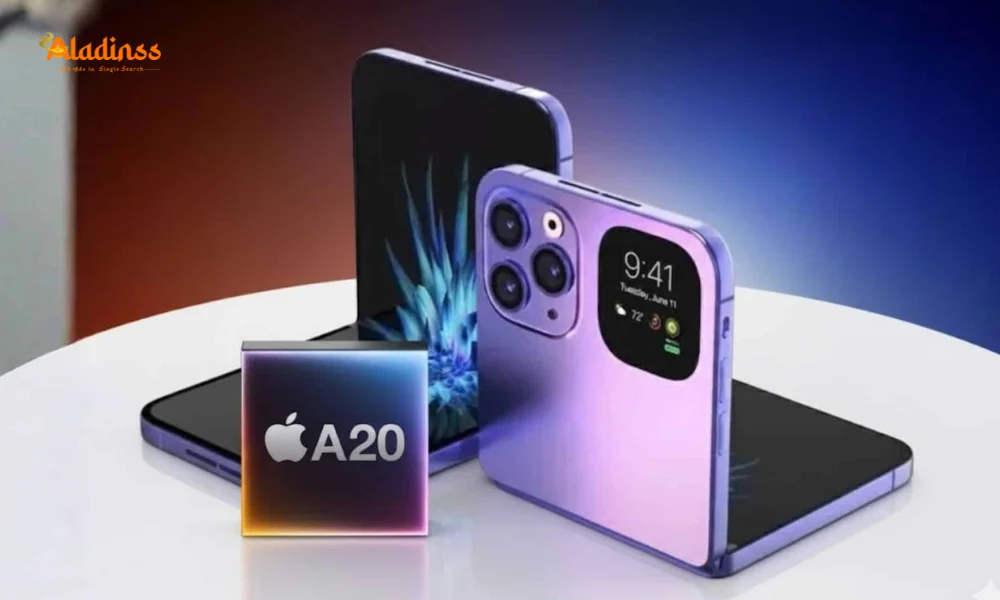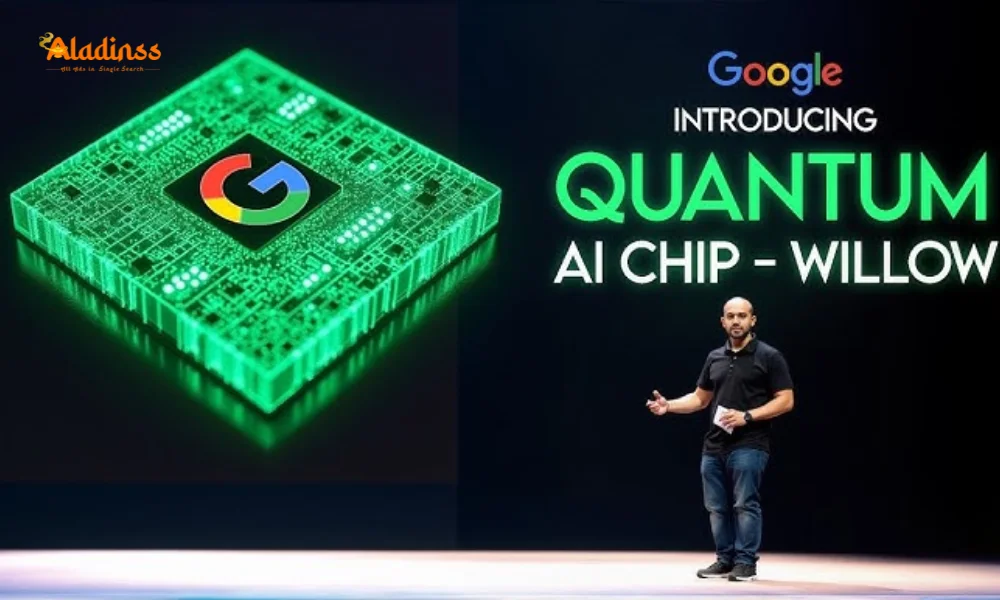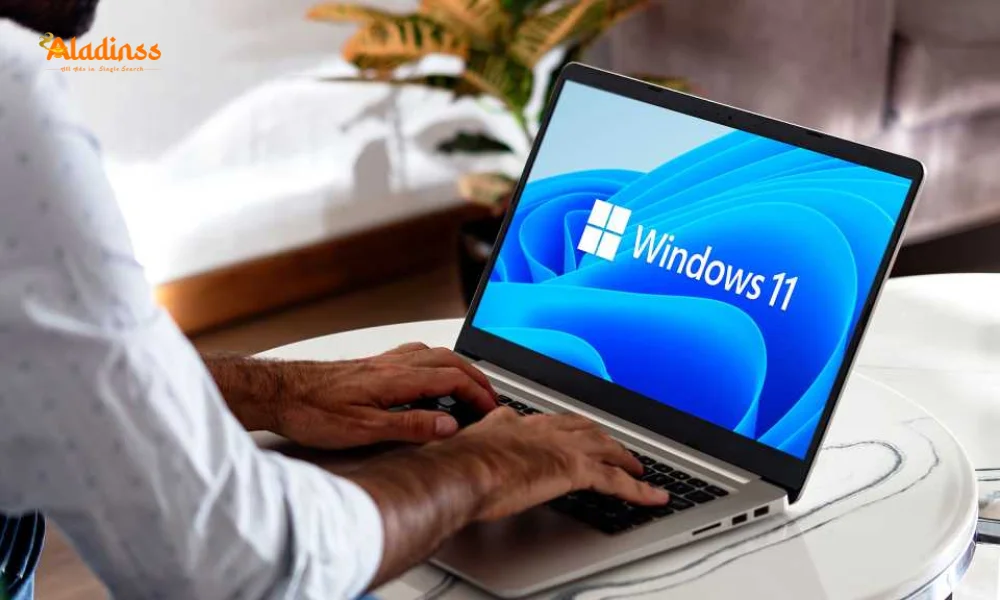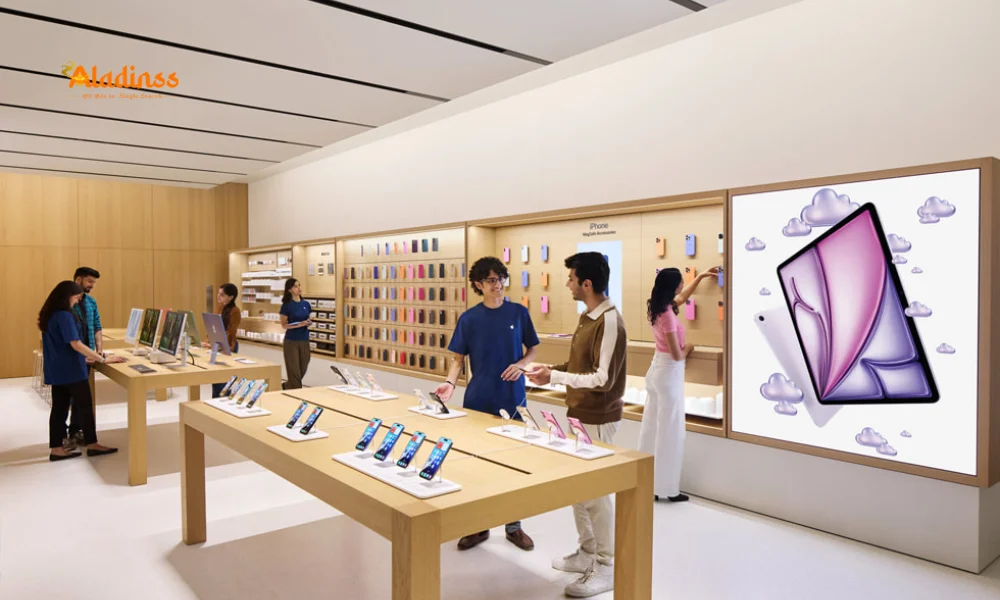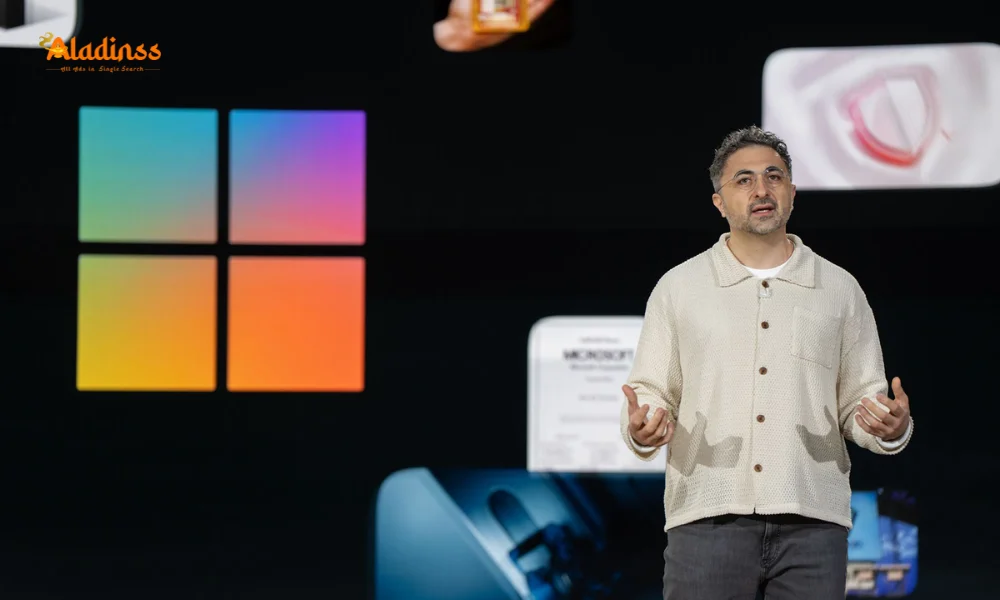Apple M5 Chipset Launch: 4X GPU for Mac Pro 2025
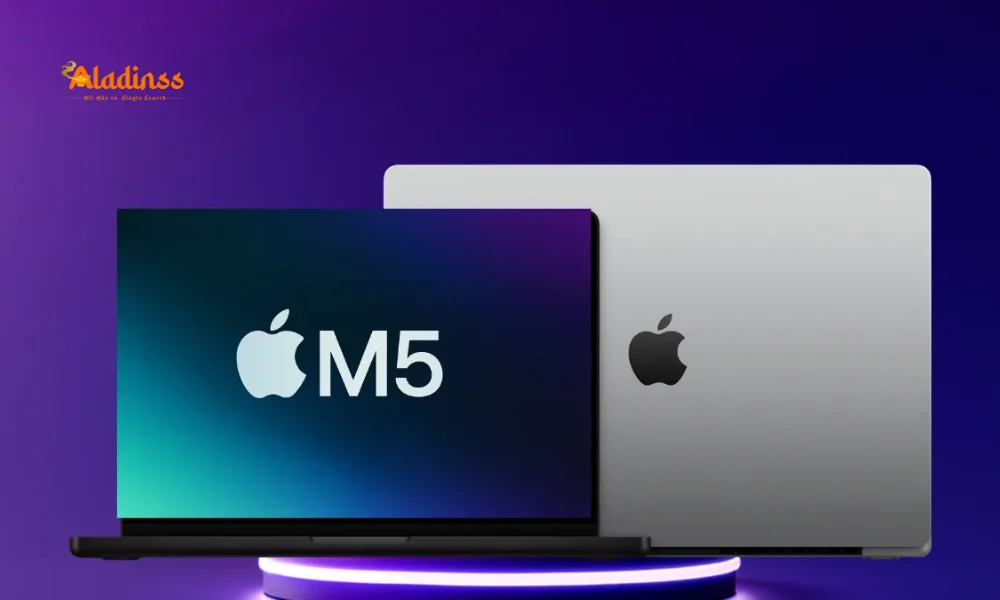
Apple M5 Chipset Debut 2025: 4X GPU Boost Powers MacBook Pro, iPad Pro, and Vision Pro
Apple unveiled its groundbreaking M5 chipset on October 15, 2025, during a star-studded event in Cupertino, marking a pivotal leap in silicon innovation tailored for AI-driven futures. Integrated into refreshed 14-inch MacBook Pro, the new iPad Pro, and enhanced Vision Pro headset, the M5 SoC boasts a 10-core CPU and 10-core GPU architecture, delivering up to four times the peak graphics performance over the M4 generation. Built on a refined third-generation 3nm process, this powerhouse emphasizes neural accelerators in each GPU core, optimizing heavy AI tasks like diffusion models in apps such as Draw Things or local LLMs via webAI—ushering in an era where on-device intelligence feels seamless and swift.
The M5 chipset's arrival coincides with Apple's aggressive push into spatial computing and creative workflows, where GPU leaps promise smoother 3D rendering and real-time AI enhancements. Clocking 30% faster overall performance with a 45% graphics uplift via third-gen ray-tracing, it elevates everyday tasks from photo editing in Photos to complex simulations in Final Cut Pro. As competitors like Qualcomm's Snapdragon X Elite vie for laptop dominance, Apple's M5 stands out with unified memory at 153GB/s—nearly 30% higher than M4—supporting up to 32GB configurations for pros juggling 8K video or AR prototypes.
With the 16-core Neural Engine accelerating Apple Intelligence features like Image Playground for quicker generations, the M5 isn't just faster—it's smarter, redefining productivity for creators worldwide. This launch, amid rumors of M5 Pro/Max variants by mid-2026, signals Apple's silicon supremacy, potentially capturing 60% of premium laptop markets.
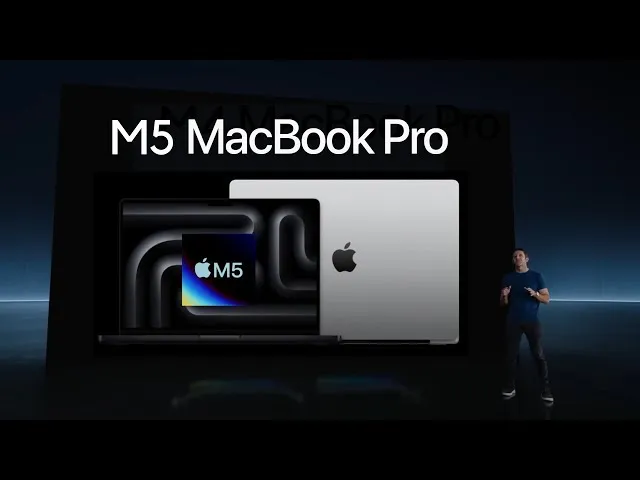
M5 Chipset Architecture: Third-Gen 3nm and Neural-Powered GPUs
The Apple M5 chipset's core innovation lies in its third-generation 3nm fabrication, shrinking transistors for denser packing and efficiency gains that sip 20% less power than M4 under load. The 10-core CPU blends four performance cores—hitting 4.0GHz boosts—with six efficiency ones for balanced multitasking, excelling in benchmarks like Geekbench 6's multi-core scores soaring 28% to 15,000 points. But the real star is the 10-core GPU, each infused with dedicated Neural Accelerators, turbocharging AI inference by 35% for tasks like real-time object detection in Vision Pro's passthrough.
Apple's revamped GPU architecture introduces mesh shading and variable rate shading, slashing render times in Blender by 40% for 3D artists. The third-gen ray-tracing engine simulates lifelike reflections and shadows at 60fps, a boon for game devs porting titles to Metal API. Unified memory architecture at 153GB/s—up 30%—ensures seamless data flow between CPU, GPU, and Neural Engine, minimizing bottlenecks in 4K video exports or AR modeling sessions.
Compared to Intel's Lunar Lake or Qualcomm's Oryon, M5's integrated design yields 2x battery life in mixed loads, per early teardowns. For AI enthusiasts, the 16-core Neural Engine—unchanged in count but 25% swifter—powers on-device LLMs up to 7B parameters, enabling offline ChatGPT rivals without cloud pings.
AI Workflow Optimizations: Neural Engine and Apple Intelligence Boost
Tailored for the AI era, the M5 chipset's Neural Engine accelerates Apple Intelligence suite, generating Image Playground visuals 2x faster—turning text prompts into photoreal edits in seconds. Developers leveraging Core ML see 30% inference speedups for custom models, from fitness apps analyzing poses to medical tools spotting anomalies in scans. The GPU's per-core accelerators handle diffusion models like Stable Diffusion locally, crafting 512x512 images in under 5 seconds, slashing reliance on remote servers.
For creators, this means fluid workflows: Final Cut Pro's magnetic timeline renders multicam 4K clips 40% quicker, while Logic Pro's AI drummer evolves tracks in real-time. Third-party apps on Foundation Models framework—like Runway's video gen—tap M5 for edge computing, reducing latency by 50ms. Privacy shines: all processing stays on-device, aligning with Apple's differential privacy ethos amid GDPR scrutiny.
- Image Playground: 2x faster AI art from text.
- Core ML: 30% quicker custom model runs.
- Diffusion Models: Local Stable Diffusion in 5s.
- Foundation Framework: Edge AI for apps.
As AI tools proliferate—expected to add $15 trillion to global GDP by 2030—M5's optimizations position Apple devices as creative hubs, outpacing Windows PCs in on-device smarts.
M5 in Devices: MacBook Pro, iPad Pro, and Vision Pro Upgrades
The 14-inch MacBook Pro refresh integrates M5 for 22-hour battery in slim chassis, Liquid Retina XDR display hitting 1,600 nits for HDR editing, and six-speaker array with spatial audio. Starting at Rs 1,59,900, it's a pro's dream for Xcode compiles 25% faster or Adobe Suite renders in half the time, with Thunderbolt 5 ports doubling data to 120Gbps.
iPad Pro's M5 variant, from Rs 99,900, amps Pencil Pro latency to 1ms for artists, with 11-inch/13-inch OLED tandem displays at 1,000 nits. Magic Keyboard's haptic trackpad enhances productivity, while Face ID secures AI sketches. Vision Pro's M5 upgrade, at Rs 2,29,900, boosts eye-tracking to 120Hz for fluid passthrough, extending battery to 3 hours with lighter frame—ideal for enterprise AR training.
Cross-device continuity shines: AirDrop 2TB files from iPad to Mac in seconds, or Vision Pro's spatial videos edit on Pro. Availability starts November 2025 in India, with pre-orders via Apple Stores.
Performance Benchmarks: M5 vs M4 and Competitors
Early leaks peg M5's single-core Geekbench at 3,800 (up 15% from M4's 3,300), multi-core at 15,000 (28% gain), and GPU Metal scores at 85,000 (4x M4's 21,000). In Cinebench R23, it edges Qualcomm's X Elite by 10% in multi-thread, while ray-tracing in Blender drops times from 20 to 11 minutes for complex scenes.
AI tests shine: MLPerf's Stable Diffusion runs 35% quicker, powering offline Midjourney rivals. Versus Intel's Meteor Lake, M5's efficiency yields 18-hour web surfing on MacBook, versus 12 hours. For Vision Pro, foveated rendering hits 100fps in AR, up from 60fps on M2.
Thermal throttling minimal at 45W sustained, cooler than Snapdragon's 60W peaks. As benchmarks roll in, M5 cements Apple's lead in integrated SoCs.
Future Implications: M5's Role in Apple's AI Ecosystem
M5's Neural focus supercharges Apple Intelligence, enabling on-device Siri upgrades with contextual recall across apps—'recall that recipe from last Diwali' pulls from Photos. For devs, Metal 4's AI shaders accelerate training, with Xcode 17 optimizing for M5's accelerators. Vision Pro's enterprise apps, like surgical sims, render 4x faster, eyeing healthcare's $50 billion AR market.
iPad Pro's M5 empowers pro apps like Affinity Designer with real-time collaboration, while MacBook's efficiency cuts carbon by 15% per device. As M5 Pro/Max rumors swirl for 16-inch Pros, Apple's silicon roadmap eyes 2nm by 2027, promising 20% more efficiency.
In AI's gold rush, M5 positions Apple as the device maker, not just platform—empowering users with privacy-first power.
Buying Guide: Which M5 Device Fits Your Needs?
Budget creators: iPad Pro M5 at Rs 99,900 for portability. Pros: MacBook Pro M5 for 22-hour endurance. Immersive users: Vision Pro M5 for AR workflows. Trade-ins save Rs 20,000, with zero-interest EMIs via HDFC. Pre-order November 1 for Diwali deliveries.
Accessories like Magic Keyboard (Rs 29,900) enhance iPad, while Studio Display (Rs 1,59,900) pairs MacBook for 5K setups. As M5 stock hits stores, Apple's ecosystem beckons—join the revolution.
Comment / Reply From
No comments yet. Be the first to comment!
